US Fighter jets scrambled as Russian and Chinese bombers spotted over Alaska
Four Russian and Chinese bombers have been intercepted operating together for the first time by American and Canadian fighters near Alaska.
North American Aerospace Defense Command (Norad) said it had “detected, tracked and intercepted” two Russian TU-95 and two PRC H-6 military aircraft operating in the Alaska air defence identification zone (Adiz) on Wednesday.
The aircraft did not enter American or Canadian sovereign airspace and the activity “is not seen as a threat”, the joint US-Canadian aerospace command said.
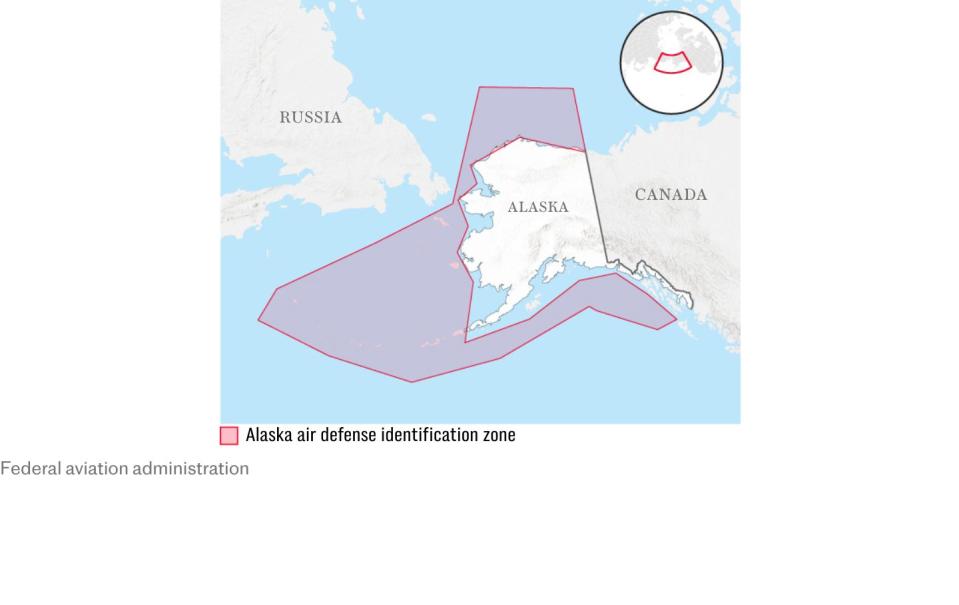
The agency said it will “continue to monitor” competitor activity near North America and meet presence with presence”. It added that it “remains ready to employ a number of response options in defence of North America”.
China and Russia confirmed on Thursday that they had conducted a joint air patrol over the Bering Sea, which divides Russia and Alaska.
A defence official told Air & Space Forces Magazine it was the first time H-6 bombers had entered the Alaska Adiz.
They said the intercept was carried out by US F-16 and F-35 fighter jets, Canadian CF-18 fighter jets, and support aircraft.
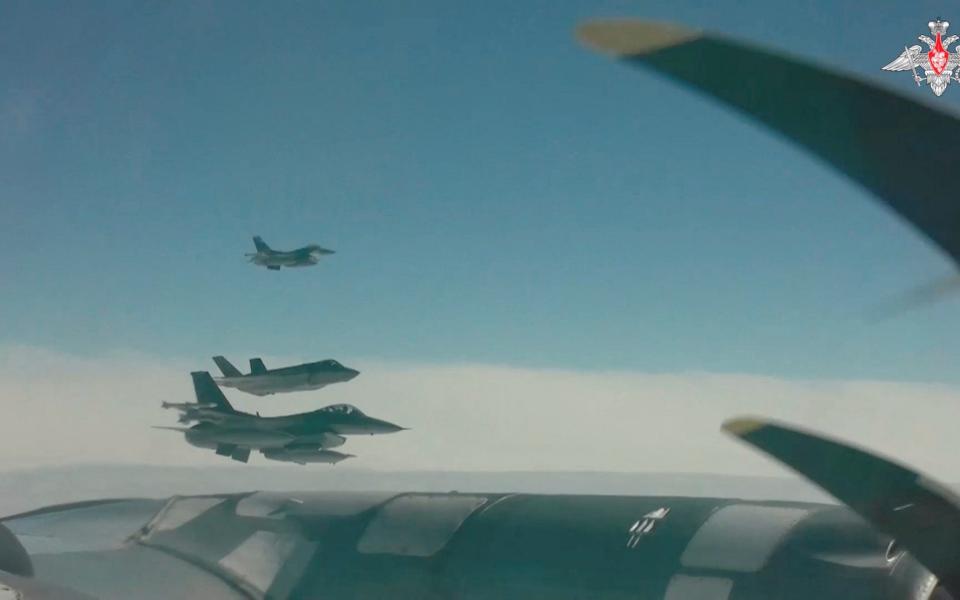
While Russia’s military has long been active in the north Pacific, China has emerged as a new actor in recent years as it expands its navy and air force.
In May, Norad said it was tracking four Russian military aircraft operating in the Alaska Adiz. It said at the time that Russian activity in the area “occurs regularly and is not seen as a threat”.
The Chinese military aircraft intercepted this week are the first detected in the area.
The Russian defence ministry said the joint patrol also flew over the Chukchi Sea, which is on the north side of the Bering Strait.
Russian fighter jets and strategic bombers were joined by Chinese strategic bombers in the exercises, which lasted more than five hours, the ministry said.
Zhang Xiaogang, a spokesman for China’s defence ministry, said it was the eighth joint strategic air patrol since 2019 to test and improve coordination between the two air forces.
“This action is not aimed at third parties, it is in line with relevant international laws and international practices and has nothing to do with the current international and regional situation,” Mr Zhang said.
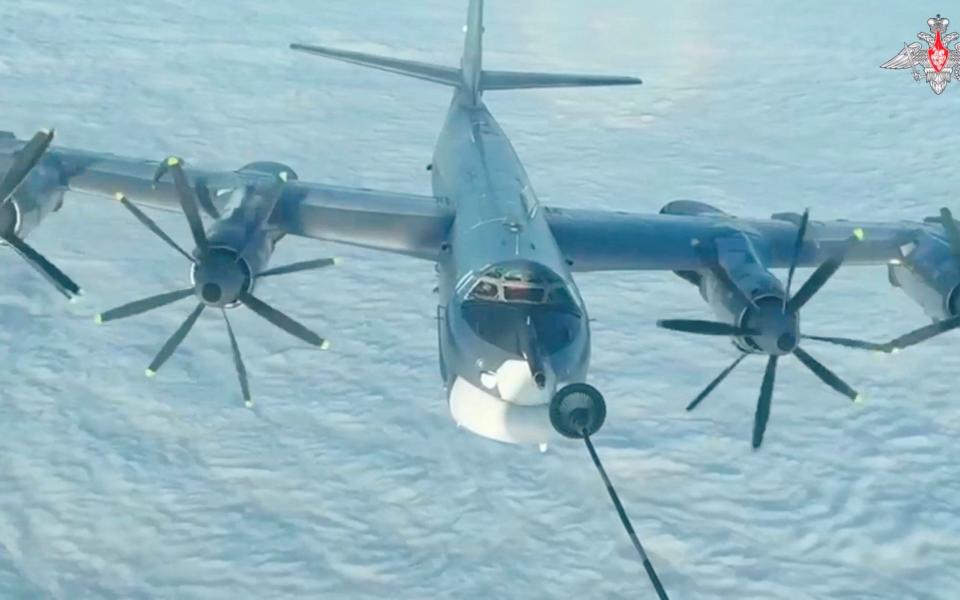
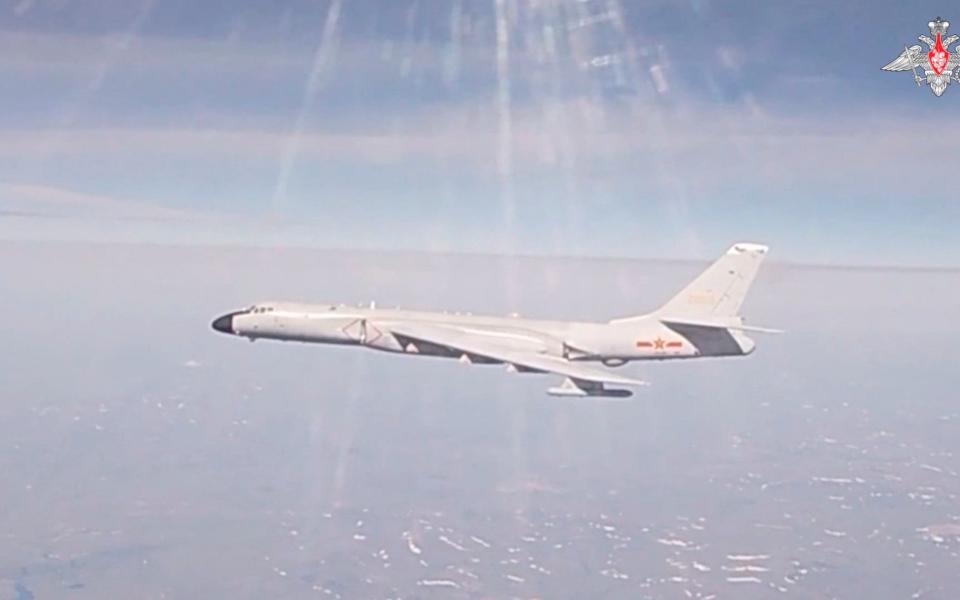
He declined to comment when asked if it was the first such patrol over the Bering Sea.
Nathan Beauchamp-Mustafaga, a policy researcher at the Rand Corporation who specialises in Chinese military strategy, said the commentary from China “suggests that this is intended as a kind of tit for tat retaliation for US military activity in China’s EEZ [exclusive economic zone] that Beijing has long opposed and sought to get the US to stop”.
He added that it was an “unsurprising evolution of China and Russia’s evening military ties” as these “bomber flights have been occurring previously in Asia and Alaska is one place where both of them can use their air force.”
He also noted the relationship between the two of the US’s adversaries as a “deepening partnership.”
“This has been a long standing partnership, but it’s obviously grown deeper and deeper since Russia’s invasion of Ukraine in 2022… the general understanding is that Moscow has become more desperate for Beijing’s support, and so it’ll be interesting... if we can tell who was the driver behind this flight”, he said.
In recent years, China has helped Russia revive its military by providing essential tools and components to produce weapons for the war in Ukraine.
In 2023, 90 per cent of Russia’s microelectronics imports, crucial for the production of missiles, tanks and aircraft, came from China, The Wall Street Journal reported.
China supplied Russia with more than 70 per cent of its nearly $900 million (£699 million) machine-tool imports in the last quarter of 2023. Beijing sent nitrocellulose, a compound used to make ammunition and rockets, to Russia, as well as satellite imagery.
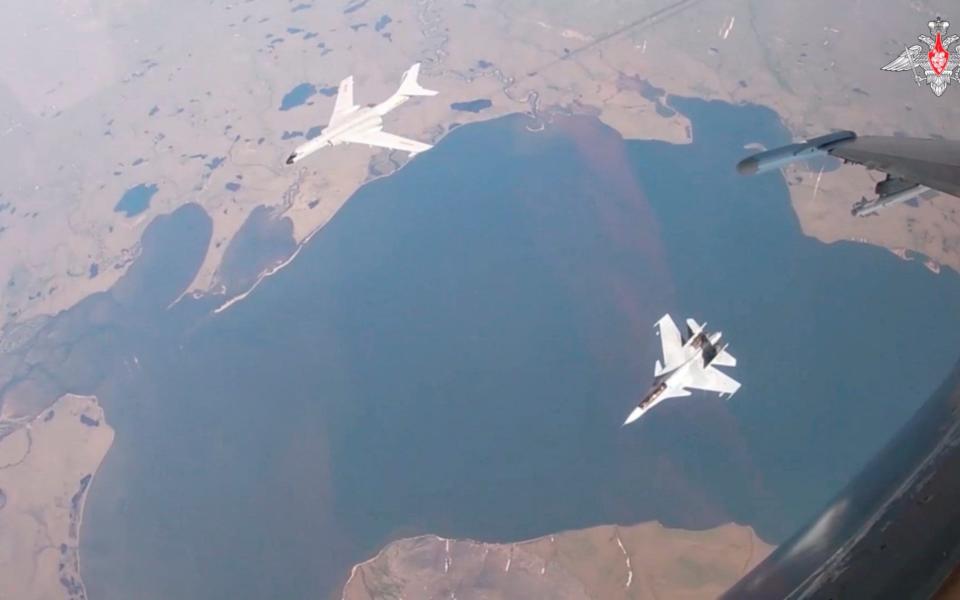
A photo released by the Russian defence ministry showed a Russian Su-30 fighter jet escorting a Chinese bomber. Another photo posted online by the military channel of China’s state broadcaster CCTV showed Russian and Chinese long-winged bombers flying in parallel formation.
In March, Gen Gregory Guillot, the head of US Northern Command, called for a stronger military “presence” on Alaska’s coast to push back against Russian and Chinese military activity in the area.
He said China was conducting maritime activities “under the cloud of technical or scientific research, but we think it’s certainly multi-mission to include military operations”.
He added: “I expect to see air activity in the Alaska part of the Arctic as soon as this year potentially. It’s a very big concern of mine.”
Dr James Char, research fellow with the China programme at the S Rajaratnam School of International Studies in Singapore, told The Telegraph that “it is far safer and less controversial for the PLA to continue expanding Chinese strategic depth towards the Atlantic Ocean and the western Pacific” compared with the South China Sea or the Taiwan Strait.

